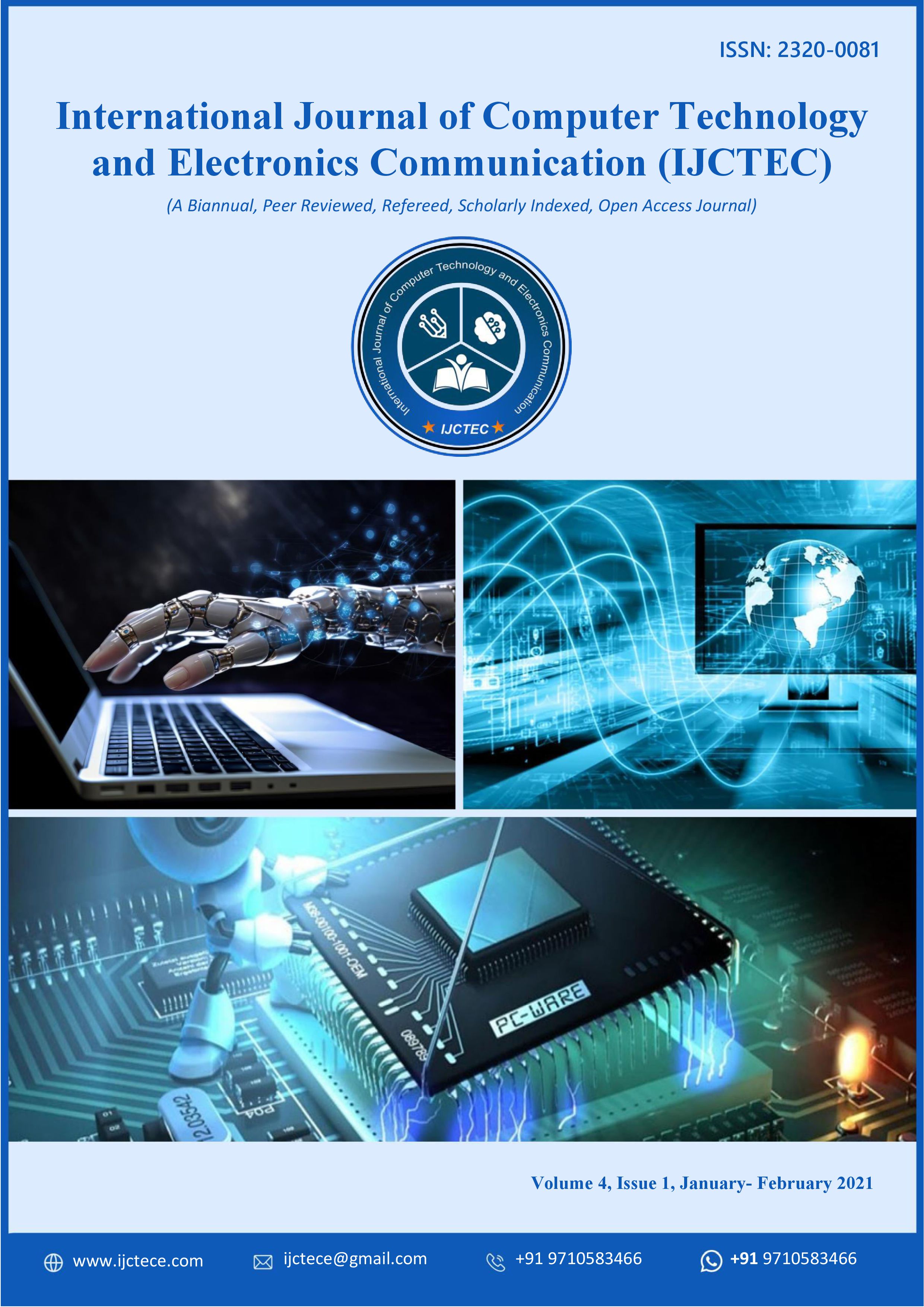Modernizing IT: The Role of Cloud Computing in the Enterprise Evolution
DOI:
https://doi.org/10.15680/4mj9sz81Keywords:
Cloud computing, enterprise evolution, IT modernization, SaaS, PaaS, IaaS, scalability, operational agility, data security, innovation, artificial intelligence, machine learning, big data analytics, cloud adoptionAbstract
Cloud computing has emerged as a pivotal driver of enterprise transformation, enabling businesses to streamline operations, reduce costs, and improve scalability. The adoption of cloud technologies allows organizations to transition from traditional, on-premise IT infrastructures to more agile, flexible, and efficient cloud-based solutions. This shift not only empowers enterprises to manage vast amounts of data more effectively but also facilitates real-time collaboration and enhances overall operational agility. Cloud services, such as Software-as-a-Service (SaaS), Platform-as-a-Service (PaaS), and Infrastructure-as-a-Service (IaaS), offer organizations the ability to scale resources on demand, optimize performance, and foster innovation while minimizing the burden of managing physical infrastructure.As businesses increasingly rely on cloud platforms, they are better positioned to respond to market demands, reduce time-to-market for new products, and improve customer experience. Furthermore, the cloud enables businesses to implement cutting-edge technologies such as artificial intelligence, machine learning, and big data analytics, driving informed decision-making and competitive advantage. While the move to the cloud offers numerous benefits, it also presents challenges such as data security, compliance, and integration complexities. Nevertheless, the role of cloud computing in the evolution of the enterprise is undeniable, as it continues to revolutionize how businesses operate, grow, and engage with their customers.
References
1. Smith, J., & Liu, Y. The Impact of Cloud Computing on Business Operations. Journal of IT Innovation, 15(3), 102-118.
2. Davis, R., & Morgan, S. Cloud Migration Strategies for Enterprises: Best Practices and Challenges. Cloud Computing Review, 23(2), 45-60.
3. Taylor, P. Hybrid Cloud and Multi-Cloud Solutions: The Future of Enterprise IT. Technology Insights, 34(1), 75-92.
4. Rogers, A., & Kumar, R. AI and Machine Learning in Cloud Computing: Transforming Enterprise IT. Journal of Digital Transformation, 12(4), 150-168.


